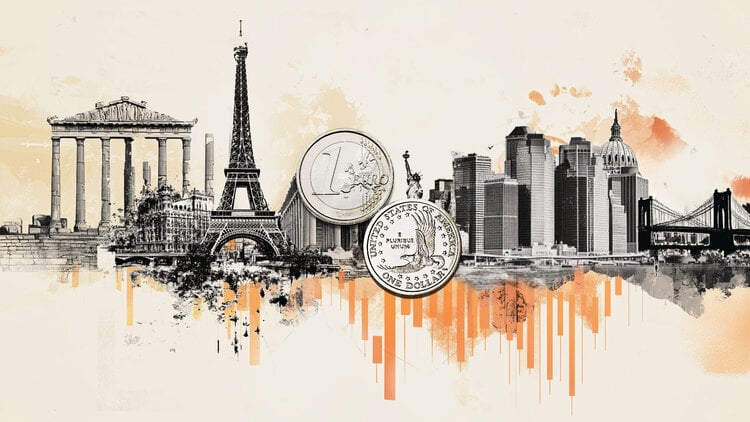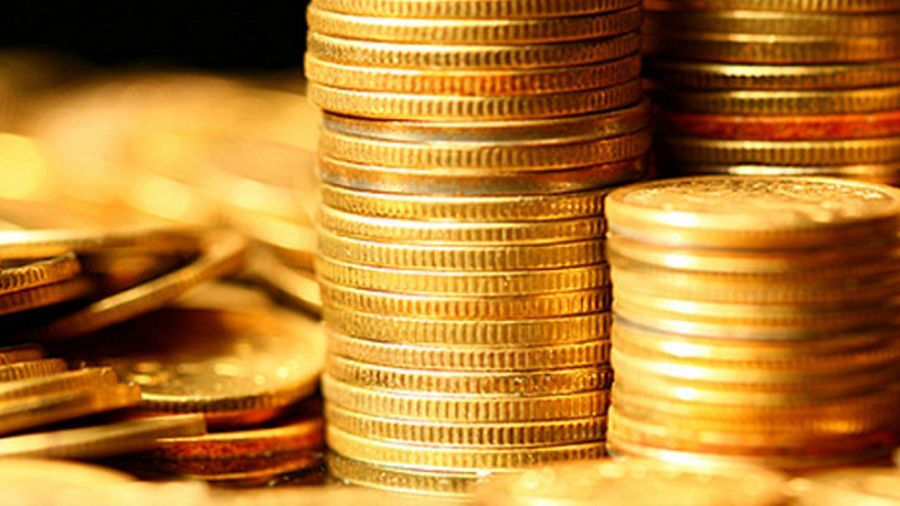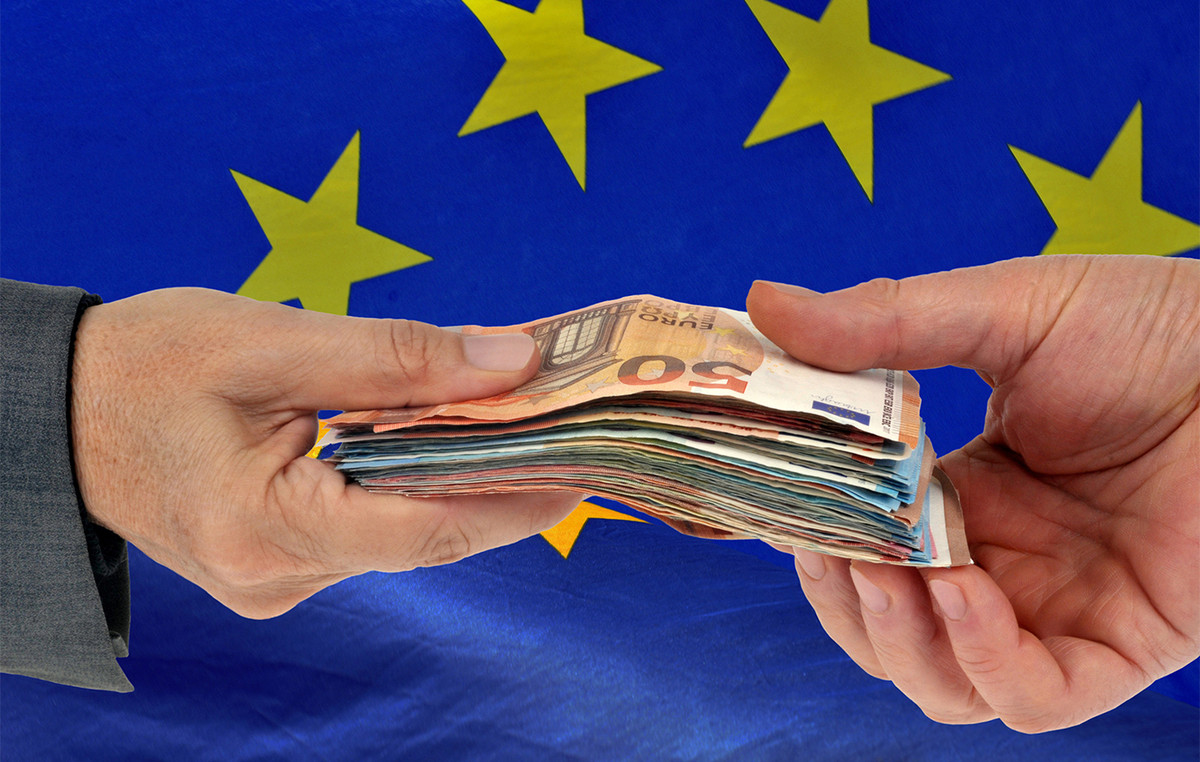The Extended National Consumer Price Index (IPCA) stood at 5.79% in 2022, above the inflation target pursued by the Central Bank for the second consecutive year. The result would have been even greater were it not for the cut in taxes on fuel, electricity and telecommunications.
Without the price drops in gasoline and electricity, the IPCA would have been 9.56% in 2022, calculated André Almeida, an analyst of the Price Index System of the Brazilian Institute of Geography and Statistics (IBGE).
The estimate excludes both gasoline and energy from the calculation of inflation, redistributing the weights of the items, “a more accurate account”, according to Almeida.
“The ICMS is one of the factors that influence the behavior of the prices of these goods and services, but it is not the only one”, said Almeida, although he recognizes that the tax cut was fundamental for the drop in the price of these items in 2022. also reductions practiced by Petrobras in the price of gasoline in refineries”, he added.
Gasoline dropped 25.78% in 2022, -1.70 percentage points in the IPCA. Ethanol was 25.42% cheaper in 2022, -0.25 pp in the IPCA; electricity fell 19.01%, -0.96 pp; and internet access decreased by 12.09%, -0.06 pp.
In 2022, the main villains were increases in food, which rose 11.64%, and in spending on health and personal care, up 11.43%. Together, the two groups accounted for around 66% of the year’s IPCA.
The increase in food prices in 2022 was driven by higher prices, mainly for onions, long-life milk, potatoes and fruits, affected by a reduction in planted area, climate issues and increased production costs, according to Almeida.
Food at home increased by 13.23%. Onion (130.14%) was the sub-item that had the highest increase among the 377 sub-items that make up the IPCA. Long-life milk increased by 26.18%, an impact of 0.17 pp.
“Milk prices rose more intensely between March and July 2022, when the accumulated increase in the year reached 77.84%. As of August, with the close of the off-season period, prices began a sequence of declines until the end of the year, the most significant of which was in September (-13.71%). In the case of onions, the increase is related to the reduction in the planted area, the increase in production costs and climate issues”, explained the IBGE, in a note.
Other highlights were the increases in potatoes (51.92%), fruits (24.00%) and French bread (18.03%).
Food away from home rose by 7.47%. Meals increased by 5.86%, and snacks increased by 10.67%.
The rise in health expenditure was the sharpest since 1996, when it rose 13.80%. The high was influenced by increases in personal care products and readjustments authorized by the government for pharmaceutical products and health insurance.
The major contribution (0.61 pp) came from personal hygiene products (16.69%), especially perfumes (22.61%) and hair care products (14.97%). Another highlight was the health plan, with an increase of 6.90% and impact of 0.25 pp on the IPCA for the year.
“At the end of May, the National Supplementary Health Agency (ANS) set the ceiling for readjustment of new individual plans (after Law No. 9656/98) at 15.50% for the period from May 2022 to April 2023” , justified the IBGE. “As of October, the fractions referring to the old plans began to be incorporated, with retroactive effect as of July”, he added.
Pharmaceutical products rose 13.52% in 2022, as a result of the readjustment of up to 10.89% in drug prices defined by the Medicines Market Regulation Chamber (CMED), depending on the therapeutic class and the competition profile of the substances , on April 1, 2022.
In the ranking of items with the greatest pressure on the 2022 IPCA, personal hygiene (0.61 pp), vehicle registration (0.49 pp), pharmaceutical products (0.42 pp), residential rent (0.31 pp) and regular courses (0.30 pp).
December
André Almeida also assessed that the IPCA accelerated from 0.41% in November to 0.62% in December due to a seasonal price increase and also a recomposition after Black Friday promotions.
The diffusion index, which shows the percentage of items with price increases, increased from 59% in November to 69% in December, the highest since May 2022, when it was at 72%.
“This greater spread in relation to November, we will see that there is a lot for the end of the year issue. In November there were Black Friday discounts, and in December there was not only a return to pre-Black Friday prices but also increases,” he said.
In December, the items with the greatest pressure on the IPCA were personal hygiene (0.14 percentage points), health insurance (0.04 pp), registration (0.04 pp), tomatoes (0.04 pp) and women’s clothing ( 0.03 pp).
In the case of personal hygiene, there was an influence of the exchange rate and a greater demand throughout the year, but the increases in December were influenced by “both by the return of prices after the Black Friday sales and by the intensification of purchases related to the end of the year” , pointed out Almeida.
Greater demand at the end of the year also boosted the prices of some services, such as airfare, car rental, app transportation and tour packages.
“At the end of the year, purchases of items intensify, it’s the vacation period, items related to travel, tourism. There is an increase in seasonal demand at the end of the year and may contribute to this increase in some items”, said Almeida.
Source: CNN Brasil
A journalist with over 7 years of experience in the news industry, currently working at World Stock Market as an author for the Entertainment section and also contributing to the Economics or finance section on a part-time basis. Has a passion for Entertainment and fashion topics, and has put in a lot of research and effort to provide accurate information to readers.







